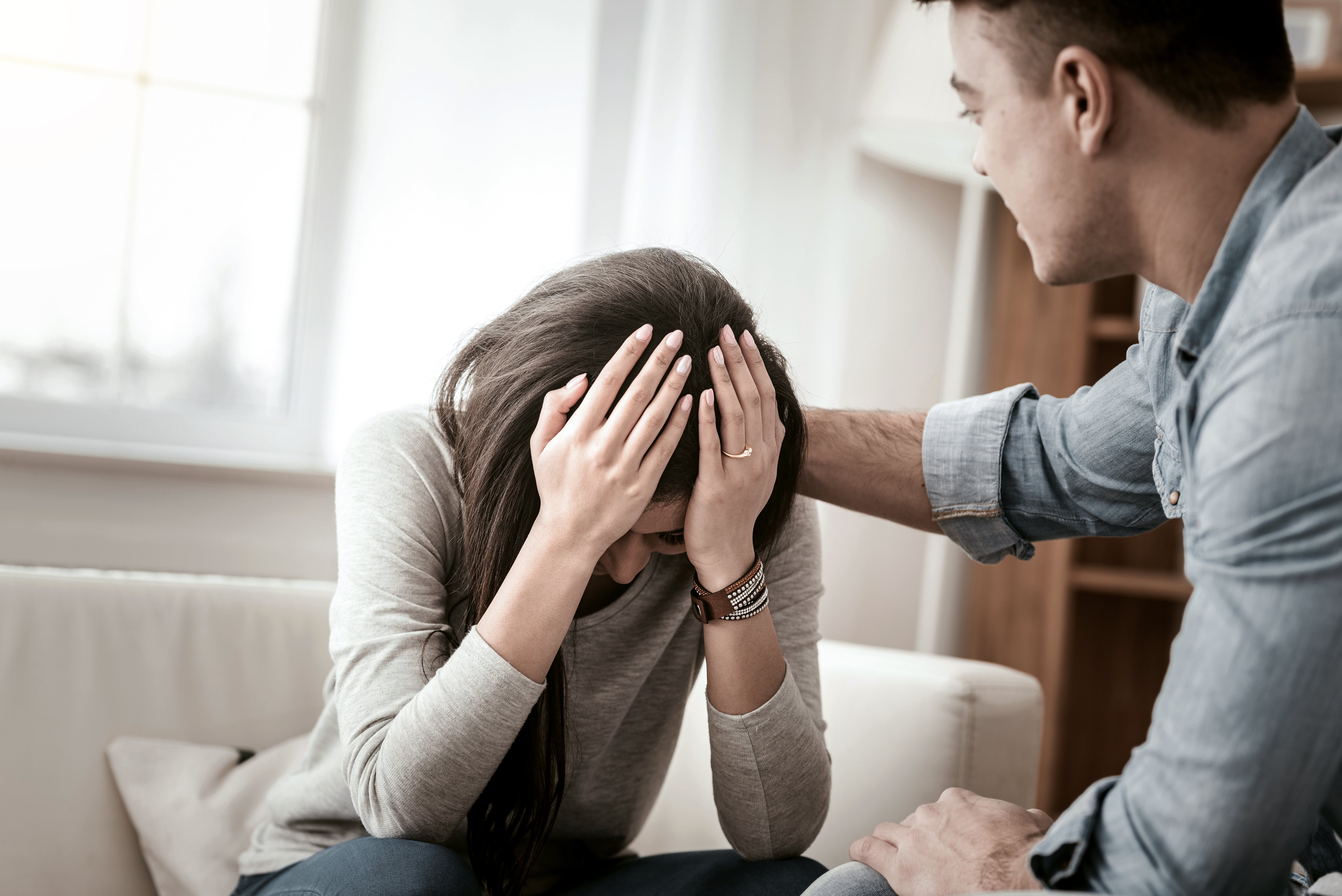
Distress tolerance is one of the four key areas, also known as modules, that make up the psychotherapeutic intervention known as dialectical behavior therapy (DBT). Psychologist Marsha M. Linehan developed DBT in the late 1980s as a means to help better treat chronically suicidal individuals diagnosed with borderline personality disorder (BPD). Distress tolerance is often conceptualized as “one’s ability to tolerate and withstand negative or uncomfortable emotional states.” DBT skills for distress tolerance, also known as crisis survival skills, aim to help individuals learn how to cope with feelings that do not have an immediately known resolution. There are many different distress tolerance skills taught in DBT, some of which include the following:
- Radical acceptance: This skill entails making a conscious choice to accept the state of things as they are, without working to change them.
- TIPP skills: TIPP is an acronym for Temperature, Intense exercise, Paced breathing, and Paired muscle relaxation. TIPP skills quickly calm the limbic system and lower the state of emotional arousal.
- Weigh the pros and cons: Noting the pros and cons can help an individual pause and take a moment to think logically about a situation and the subsequent steps.
- Failing forward: Failing forward eliminates the fear of failure by recognizing and celebrating it as an opportunity for growth. It allows an individual to see that failure does not imply that they have failed as a person, and simultaneously reinforces the notion that growth is always possible.
- STOP skill: STOP is an acronym for Stop, Take a step back, Observe, and Proceed mindfully, which can help an individual avoid engaging in impulsive behavior.
- Self-soothing techniques: There are a variety of self-soothing techniques that can be used to ground oneself mentally and emotionally.
- Square breathing: This is a guided breathing exercise that can be used by anyone to manage stress and anxiety, as it has been shown to relax the nervous system. Try it out by following these simple directions:
- Inhale to a count of 4.
- Hold your breath to a count of 4.
- Exhale to a count of 4.
- Hold it for a count of 4.
- IMPROVE skills: IMPROVE is an acronym for Imagery, Meaning, Prayer, Relaxation, One thing in the moment, Vacation, and Encouragement, all of which can help with improving the moment.
- Distraction: During moments of intense overwhelm, temporary distractions (e.g., calling a friend, reading a book, watching TV, etc.) can provide brief relief from the distressing situation.
The skills focused on during the distress tolerance module of DBT include various short-term coping strategies intended to help an individual with BPD manage emotional pain to avoid destructive behavior.
Treatment In Calabasas
Calabasas is a city in California. It is a well-known suburb of Los Angeles, located west of the San Fernando Valley and north of the Santa Monica Mountains. Over the past decade, the city of Calabasas has grown in its reputation for luxury as well as for privacy which makes it a hidden gem for residential living for society’s elite, and one of the most desirable destinations in Los Angeles County. It is also home to a plethora of highly qualified mental health clinicians providing an array of therapeutic services and treatment options.
The information above is provided for the use of informational purposes only. The above content is not to be substituted for professional advice, diagnosis, or treatment, as in no way is it intended as an attempt to practice medicine, give specific medical advice, including, without limitation, advice concerning the topic of mental health. As such, please do not use any material provided above to disregard professional advice or delay seeking treatment.









